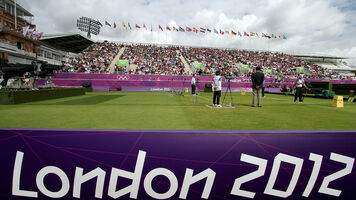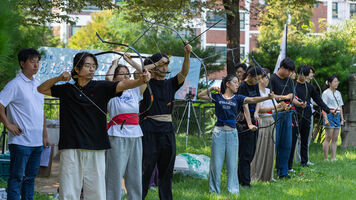The first 1400 shooter that nobody remembers
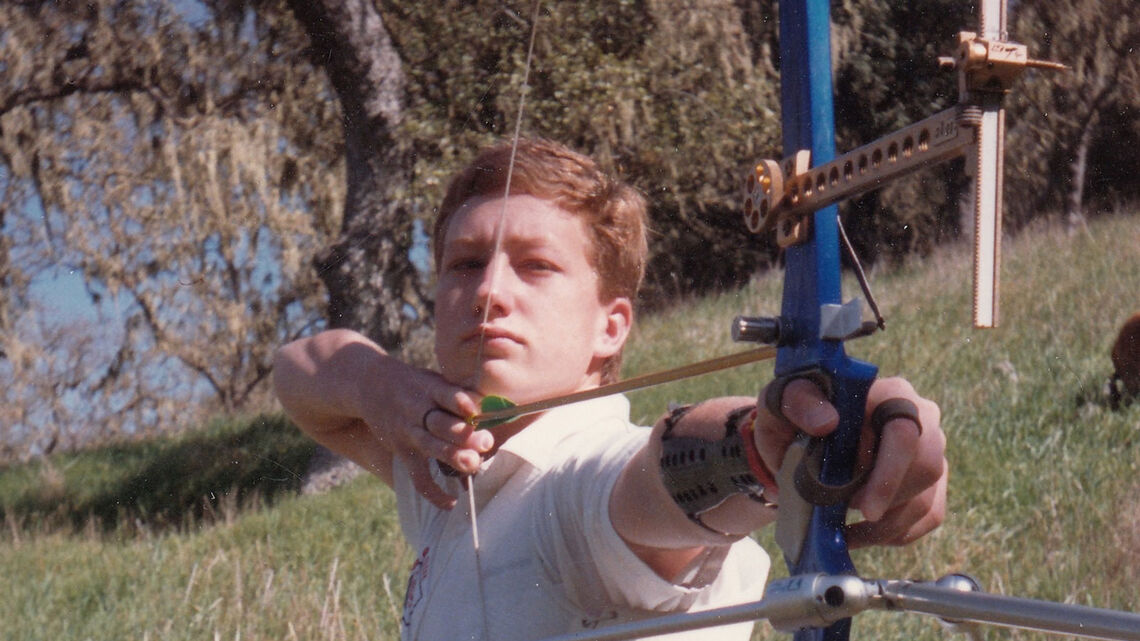
The first person to shoot 1400 points on the FITA round is probably someone you’ve never heard of. (I write FITA, as that was it was called until the international federation’s name was changed to World Archery.)
Allen Rasor was only 11 years old when he scored 1403 in 1984.
Consisting of 36 arrows shot over four distances – 90, 70, 50 and 30 metres for senior men – what is now known as the 1440 Round was the standard competition format from 1956 to 1986 and used for the qualification phase at international tournaments right up until the 2010s.
Rasor was, of course, not shooting the full 90 at that age but over much shorter distances, using the full-sized 122cm-diameter target face at 30 and 25 metres and the 80cm-diameter target face at 20 and 15 metres. But his score is still incredible.
A perfect score on the 1440 Round requires 144 10s, for a total of 1440, while 1400 – which is considered something of a mythical barrier – translates to an average of 9.72 points per arrow.
“There’s a certain bit of naivety when you’re that young,” Rasor said recently. “But at the same time, I knew what I was doing. From the moment I first picked up a bow, I always made sure that I wasn’t shooting just to beat my competitors, but that I was working to achieve the most of my abilities.”
The consistency over such a long day of competition, and from someone so young, is impressive.
National records in the US at the time could only be shot at national championships. The score wasn’t ratified having been shot at a local tournament but, just weeks later, Rasor shot 1401 to win the under-12 category at the US nationals.
“The FITA round has always exemplified the sustainability of excellence,” Rasor said. “There’s physical fatigue. There’s mental fatigue. You’re adapting to the changing conditions. After that long duration, it still comes down to the execution and mental focus of those last one or two shots that makes or breaks the score.”
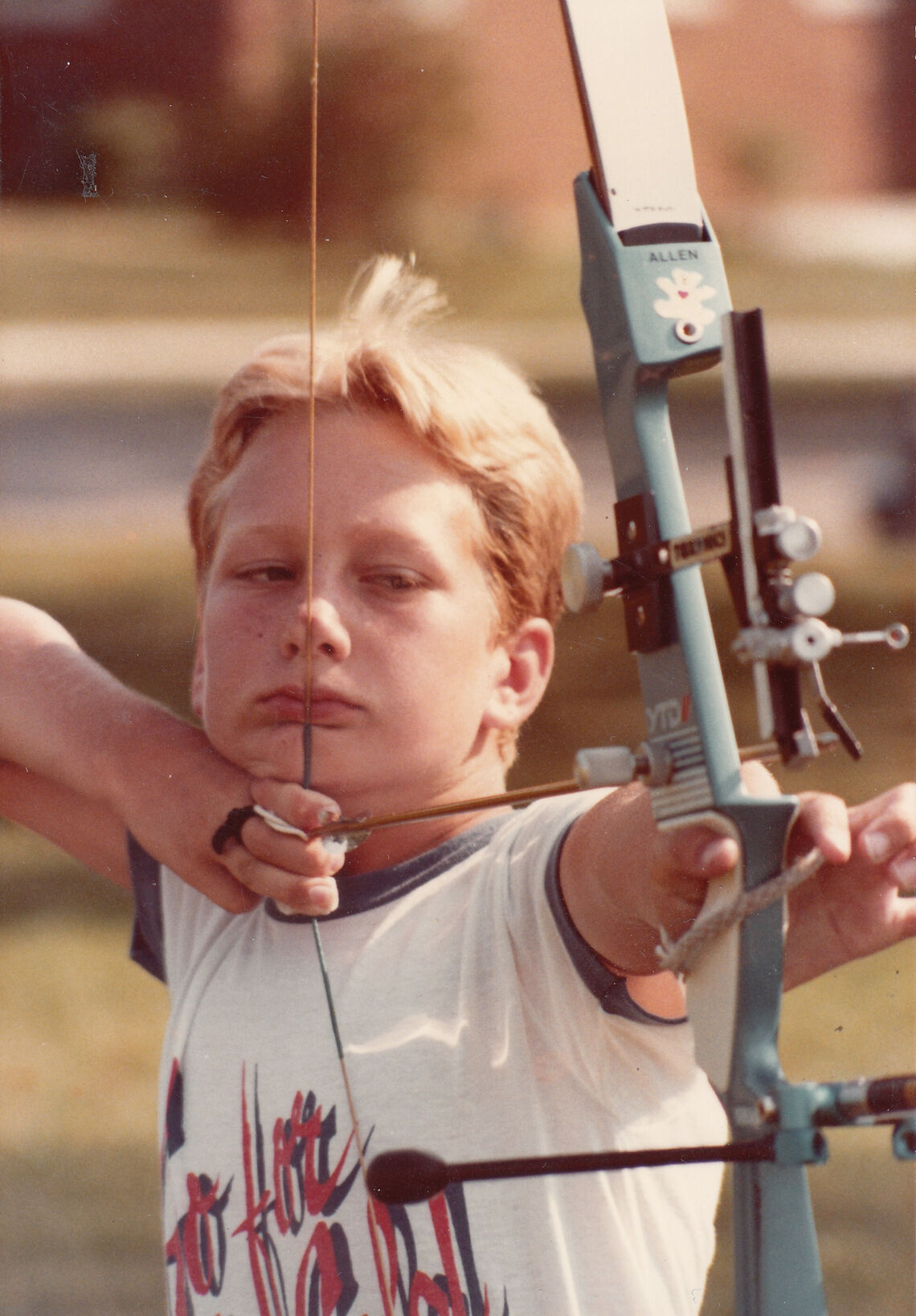
Allen Rasor shooting at a young age.
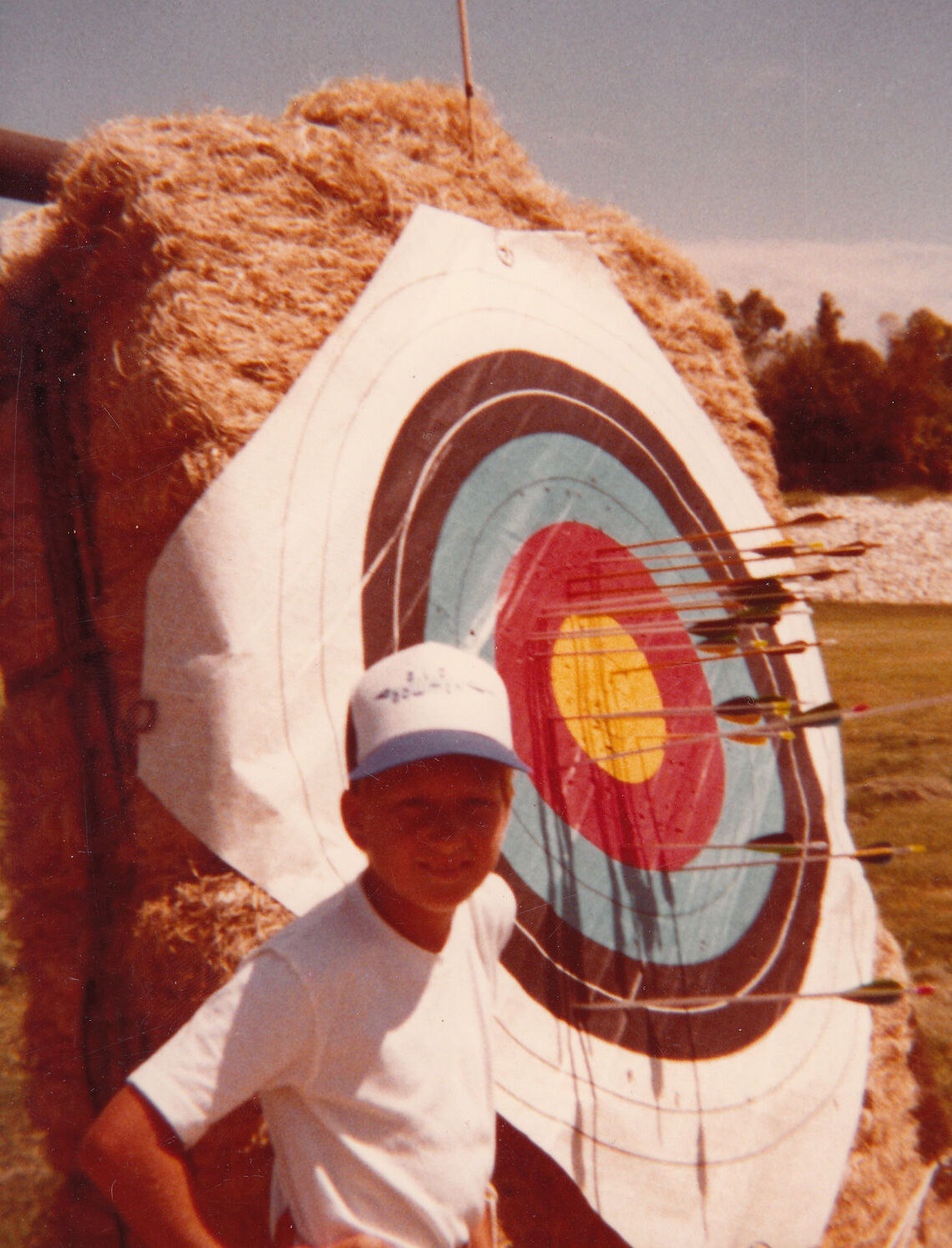
Allen Rasor at the target at a young age.
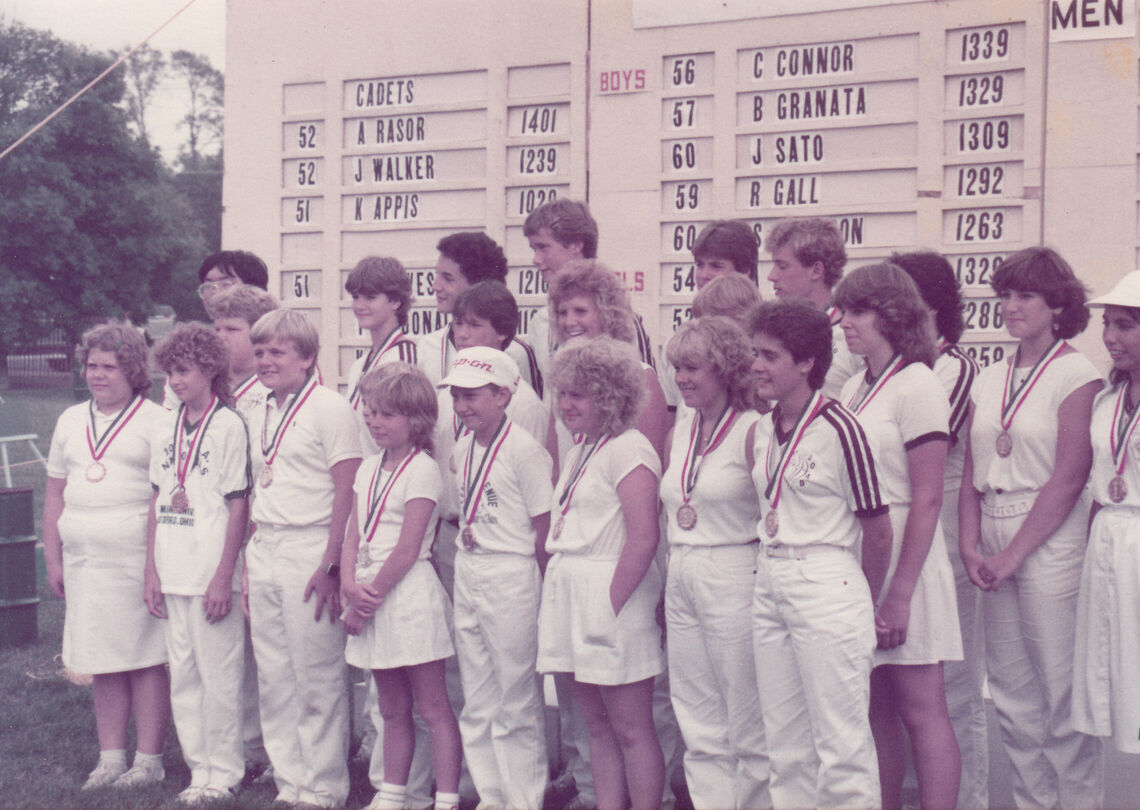
The most famous 1400, the first at the senior distances and shot by legendary Korean archer Park Sung-Hyun, came a full two decades later in 2004.
She delivered her 1405 over the full women’s 1440 Round of 36 arrows at 70, 60, 50 and 30 metres – an achievement that only Ryoo Su Jung has recently come close to replicating.
Allen’s victory at the national championships earned the cadet a pair of tickets to attend the archery competition at the Los Angeles 1984 Olympic Games, where he watched the archers he hoped to someday emulate.
Rasor brought his coach with him to El Dorado Park to watch Darrell Pace dominate the event – still the only person in the history of archery at the Games to win two individual gold medals – and was later invited to an awards banquet where he met 1976 gold medallist Luann Ryon and four-time Olympian Rick McKinney.
“I was 11, and I remember being a little bit in awe and dumbfounded at the same time that these Olympians were talking to me and introducing themselves and inviting me to be around them,” Rasor said. “It always made archery feel more like a family and more intimate and personal than some of the other sports seemed to be, where the champions separate themselves from everybody else.”
Nearly four decades since eclipsing 1400, the memories and sense of camaraderie are what he cherishes most about his competitive archery career.
“It was sort of that idea that everybody is achieving their goal, not because of the trophy, but because of the challenge and the recognition from the community,” Rasor said. “Those are some of the things that have always stuck with me.”
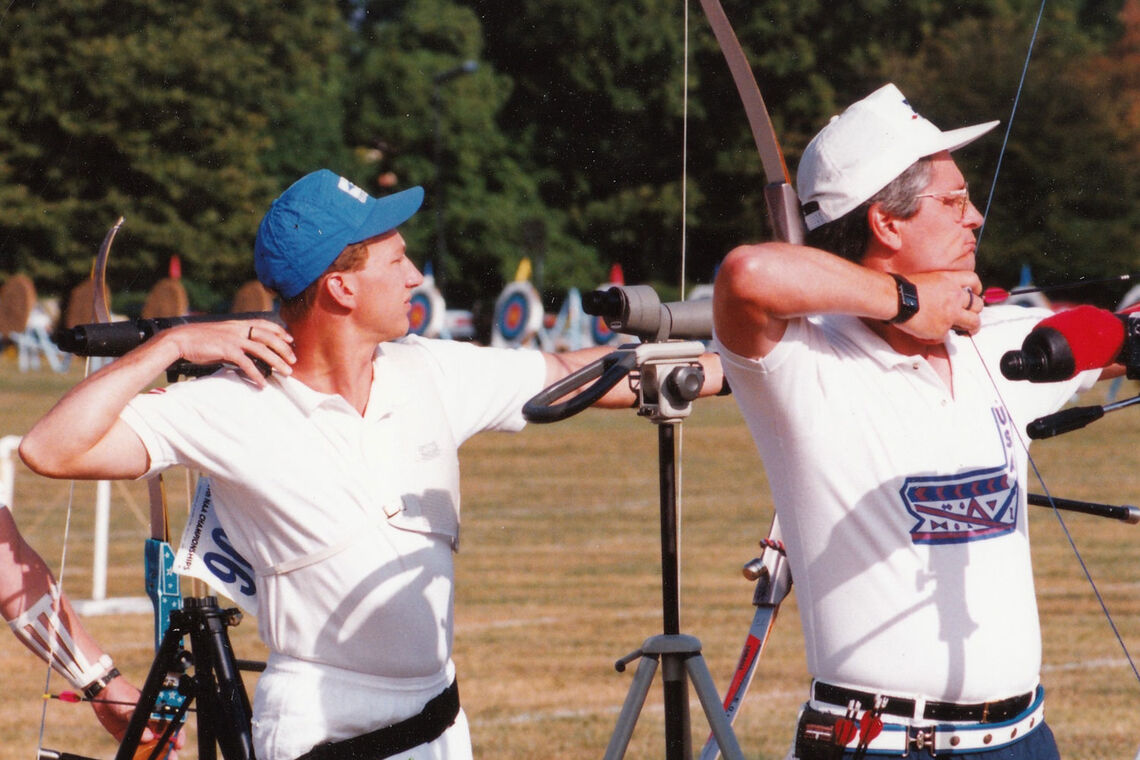
“It’s not this gargantuan type of thing that makes you feel like the trophy or award is what mattered,” he continued.
“It’s the accomplishment that mattered, and I think that helped to reinforce the mindset of, you know, the internal challenge of archery and the internal challenge of competition being what mattered the most: being able to achieve your best, not because of the prize or the money or the trophy you’re going to win, but because of the internal struggle of it.”
Allen went on to win many national championships, shoot 1300 points on the full-distance 1440 Round at the age of just 15 in 1988 and took a team silver medal with the USA recurve men at the World Archery Championships in 1989.
He became a dad in 2006 and, though not as an athlete, Rasor’s involvement in the sport continued well after his competitive career. After graduating from UCLA in 1997 with a degree in mechanical engineering, he spent nearly two decades as an engineer with PSE Archery and BowTech Archery before taking a job outside of the sport about three years ago.
Emboldened by his experiences on the shooting range, Rasor channeled the same competitive drive that fueled him in tournaments into designing high-performance archery products.
“It’s a different challenge, but no less rewarding,” he said. “It’s about always finding those little things – finding ways within a moment to shoot a little more perfect of a shot. I think it’s that constant drive for perfection that’s necessary.”






